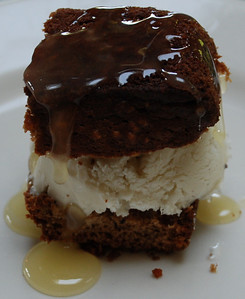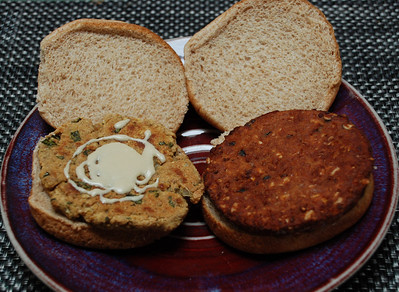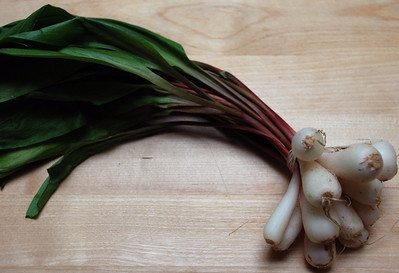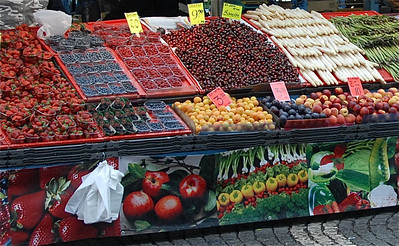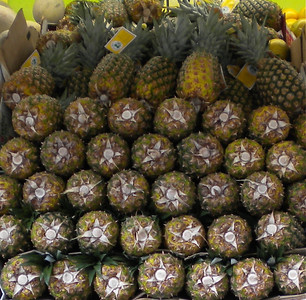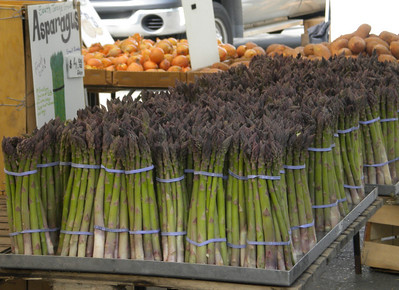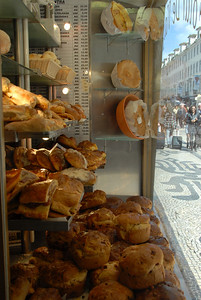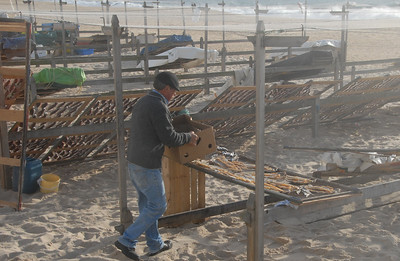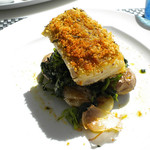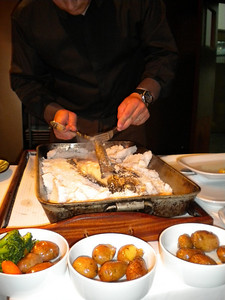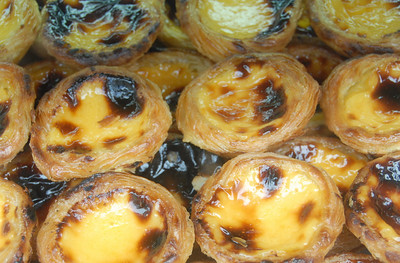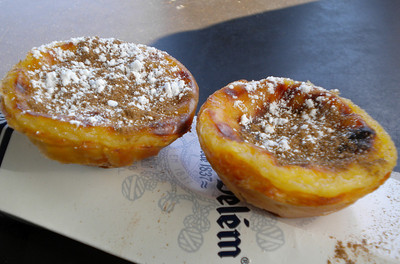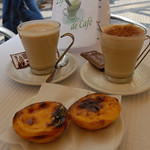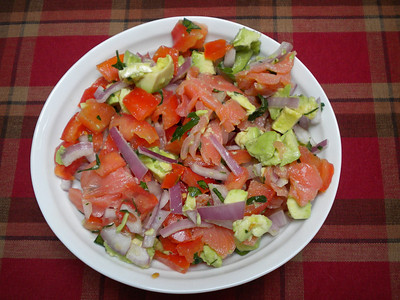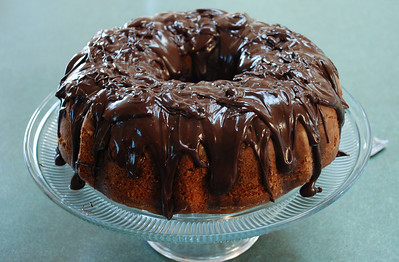
The Bundt cake. For some sweets lovers it’s the ultimate retro dessert. Still others write off this dense confection as pure kitsch. At times I’ve found myself in both camps. One look at that perfectly fluted ring and I flashback to elementary school and all the Bundt coffee cakes that my mother would bake. Iced with a mixture of confectioner’s sugar, milk and florescent yellow, orange or red food coloring, these day-glo treats were the psychedelic stars of her late 1970’s kitchen.
Chances are that Bundt cakes popped up my grandmothers’ kitchens, too. In 1949 the Minnesota-based cookware company Nordic Ware produced its first Bundt pan. Crafted from heavy cast aluminum, the 10-cup mold was derived from a ceramic, German cake pan. Unique to the Nordic Ware creation, the form’s fluted sides allowed for even, easy slicing.
Initially, consumers baked pound cakes in the pan. As the years passed, cooks discovered other uses. Quick breads, molded salads, Jello, steamed puddings and ice cream cakes could all be made in it. Although I’ve yet to shape a salad or layer ice cream in my Bundt pan, I nonetheless could thanks to “Bundt Cookbook” (Nordic Ware, 2004).
And just what do I do with my Bundt pan? Bake kitschy, retro Bundt cakes, of course.
ORANGE CHOCOLATE CHUNK CAKE
Adapted from Ina Garten’s “Barefoot Contessa Parties” (Clarkson Potter, 2001)
For the cake:
2 sticks unsalted butter, at room temperature
2 cups plus 1 tablespoon granulated sugar
4 large eggs, at room temperature
1/3 cup grated orange zest
3 cups plus 1 tablespoon all purpose flour
1/2 teaspoon baking soda
1/2 teaspoon baking powder
1 teaspoon kosher salt
1/4 cup fresh orange juice
3/4 cup buttermilk, at room temperature
1 teaspoon vanilla extract
2 cups semisweet chocolate chips
For the orange syrup:
1/4 cup sugar
1/4 cup fresh orange juice
For the ganache:
9 ounces semisweet chocolate chips
1/2 cup heavy cream
1 teaspoon instant coffee granules
Preheat the oven to 350 degrees Fahrenheit. Grease and flour a 10-cup Bundt pan.
Cream the butter and sugar in the bowl of an electric mixer until light and fluffy, about 5 minutes. With the beaters still running, add the eggs, one at a time, scraping down the sides of the bowl with each addition. Add the orange zest and beat again.
Sift together 3 cups flour, baking powder, baking soda and salt in a large bowl. In another bowl combine the orange juice, buttermilk and vanilla. With the mixer running, add the flour and buttermilk mixtures — alternating in thirds — to the creamed butter, beginning and ending with the flour.
Toss the chocolate chips together with the flour. Add the chips to the batter and stir to combine. Spoon the batter into the greased Bundt pan and smooth out the top. Bake for 45 minutes to 1 hour, until golden brown on top and a cake tester inserted in the cake comes out clean. Place the cake pan on a wire rack and allow it to cool for 15 minutes.
In the interim make the orange syrup. Place the sugar and orange juice in a small saucepan and cook over medium heat until the sugar dissolves. Remove from heat and set aside.
Remove the cake from its pan and place it back on the wire rack. Slide a baking sheet beneath the rack; this will collect the excess syrup. Evenly spoon the orange syrup over the cake. Allow the cake to cool completely before frosting.
To make the ganache, place the chocolate chips, cream and instant coffee in a glass, microwave-safe bowl. Microwave on high, stirring frequently, until the chocolate has melted completely. Drizzle the ganache over the top of the cake.
